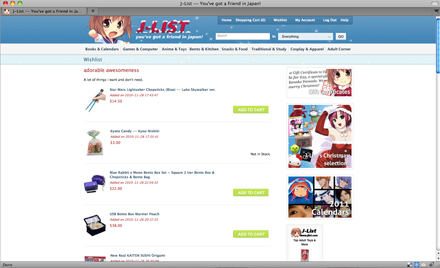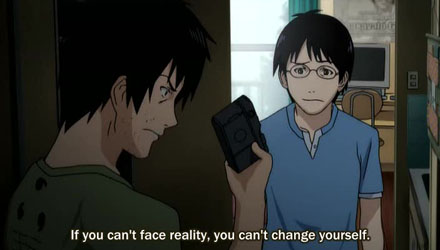 (Picture is unrelated but still totally awesome.) Phasers Set to Stun by Anna Wu.
(Picture is unrelated but still totally awesome.) Phasers Set to Stun by Anna Wu.
I love learning new things. So let’s take this week’s Otaku Links to pick up some new skills!
1. How to break into the videogame industry. Turns out just sitting there and playing games isn’t the answer.
2. How to be a holiday superhero to the geek in your life. Also from CNN, but this story is special because it quotes Colette!
3. How to play Magic without ruining your romantic relationship. A must read for M:TG fans. I’d say 50 percent of my arguments with John are about how much money is proper for spending on Magic cards (and the other 50 percent is arguing whether Kirk or Picard is the better captain.)
4. How to create a decent video game blog… from the author of Game Journos are Incompetent F*ckwits, who usually spends his time tearing video game blogs to bits.
5. How to quit being a weeaboo (but not really, it’s all parody). I just discovered this long dead anime blog and I am very sad it is gone.
6. How to deal if your half elf has an unplanned pregnancy. Or what to do about any other bizarre situations that might come up in your D&D game.
7. How to be a twenty-something. I wrote about this on my Tumblr since it really cracked me up but also got me thinking.
Got any how-to articles to share?

















